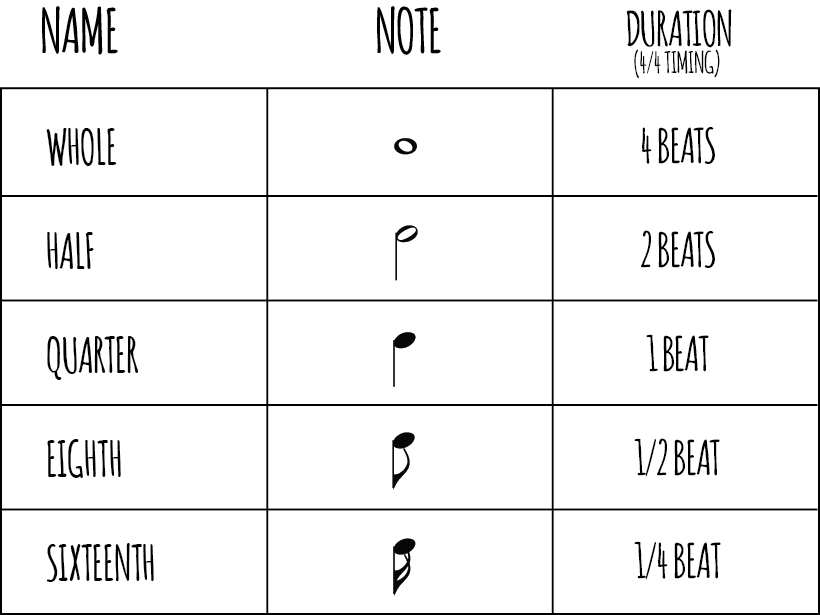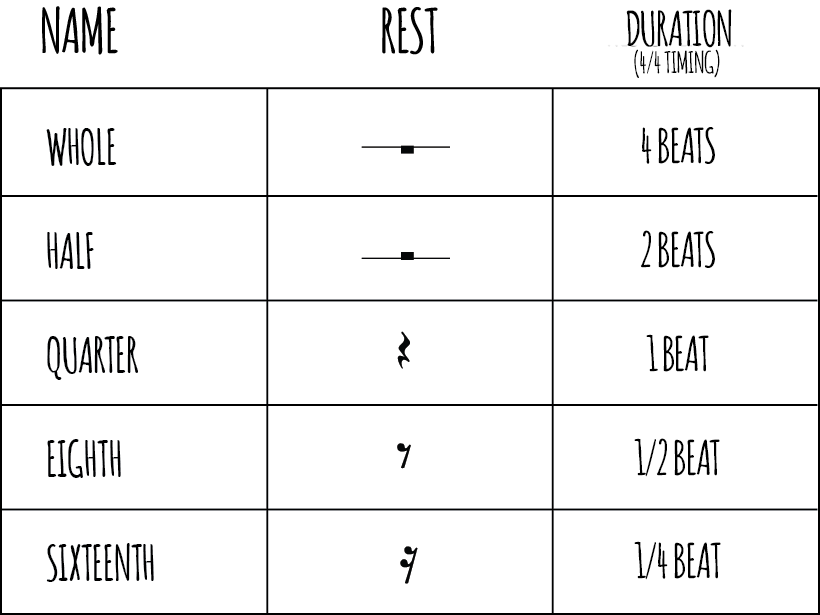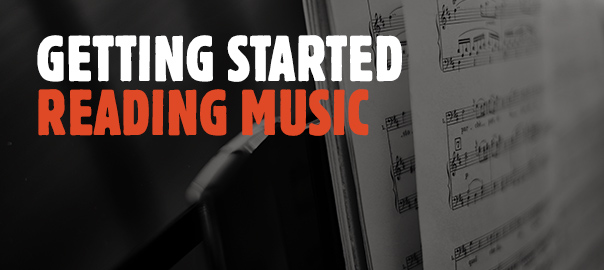It’s possible to play a musical instrument like a ukulele and have no music reading skills whatsoever, I did it for years as a guitar player. That said, when I committed to learning a little more about music, it opened my eyes (or should that be ears) to so much more.
I started to understand things better, concepts started to connect with each other and I’m certain I became a better ukulele player for it.
Here’s a little info to get you started with reading music. Don’t worry, it isn’t too heavy. Initially, I’ve focused mainly on timing as that is where tab doesn’t really help you out too much.
The information here is there to go alongside a little knowledge of tab check out my guide on reading tab if you’re not already familiar with it.
The Musical Staff
Standard musical notation is written on a staff. It looks something like this…

If you’re familiar with tab, it looks a little similar but it’s completely different. Where tab represents the strings on your ukulele, the musical staff has no correlation to your strings.
Note Durations
Musical notes are represented on the staff, some of which I’ve shown below. Notice they all look a little different. The subtle changes between each note represent the duration the note should be played for.
Have a look at the table below to see what those durations are.

Notes sometimes have a dot which appears after them. When a dot is present it indicates that the note actually lasts the duration of the note plus a half of that duration again.

So in the example above, a quarter note with a dot after it is the equivalent of a quarter note plus an eighth note.
It’s worth mentioning at this point that I haven’t given any specific durations for the notes in terms of time. This is determined by the tempo of the piece which is often indicated just above the staff as a number.
Rests
I’ve heard it mentioned that the gaps between the notes are as important as the notes themselves in music. Just like notes, rests (gaps) can have different durations too. Have a look at the table below to see the way that gaps are written on a musical staff.

Bars
The musical staff is divided into bars. Bars are represented by a single vertical line running across the staff.

Timing/Rhythm
At the beginning of the musical staff you will find the time signature. It looks a lot like a fraction. It basically is a fraction. The time signature that you will encounter the most playing western music is 4/4. When you see a time signature like this, the lower number indicates the what the beat is measured in and the upper number indicates the beats per bar.
This is best explained with a few examples…

44 – The lower number indicates that you are working in quarter notes (4 parts of a whole is a quarter), or crotchets if you prefer the english term. The upper number is the amount of quarter notes per bar. In this case 4.

34 – Again this time signature indicates that you’re working with quarter notes (the lower 4 remember). This time though there are only 3 quarter notes per bar.
There are more complex time signatures, but for this introductory lesson to reading music this is plenty to digest.
That’s all I want to cover in this initial look at music. In time I plan on adding to and expanding this guide, but if you learn nothing else when it comes to music, in my opinion timing is the most important.
Finally, if you would really like to take your knowledge of reading music further then I’d recommend taking a look at Terry Carter’s comprehensive video course Music Reading for Ukulele. For a one-off payment of $57 you get 45 instructional videos (yes, 45), printable sheet music, backing tracks and a lot more. Terry has done a great job on this one.





Thank you for making this subject, and circle of 5ths easy. Understanding purpose and use of the wheel helped me a lot. I bought a wheel 2 years ago and have never used it. Now I’m understanding!